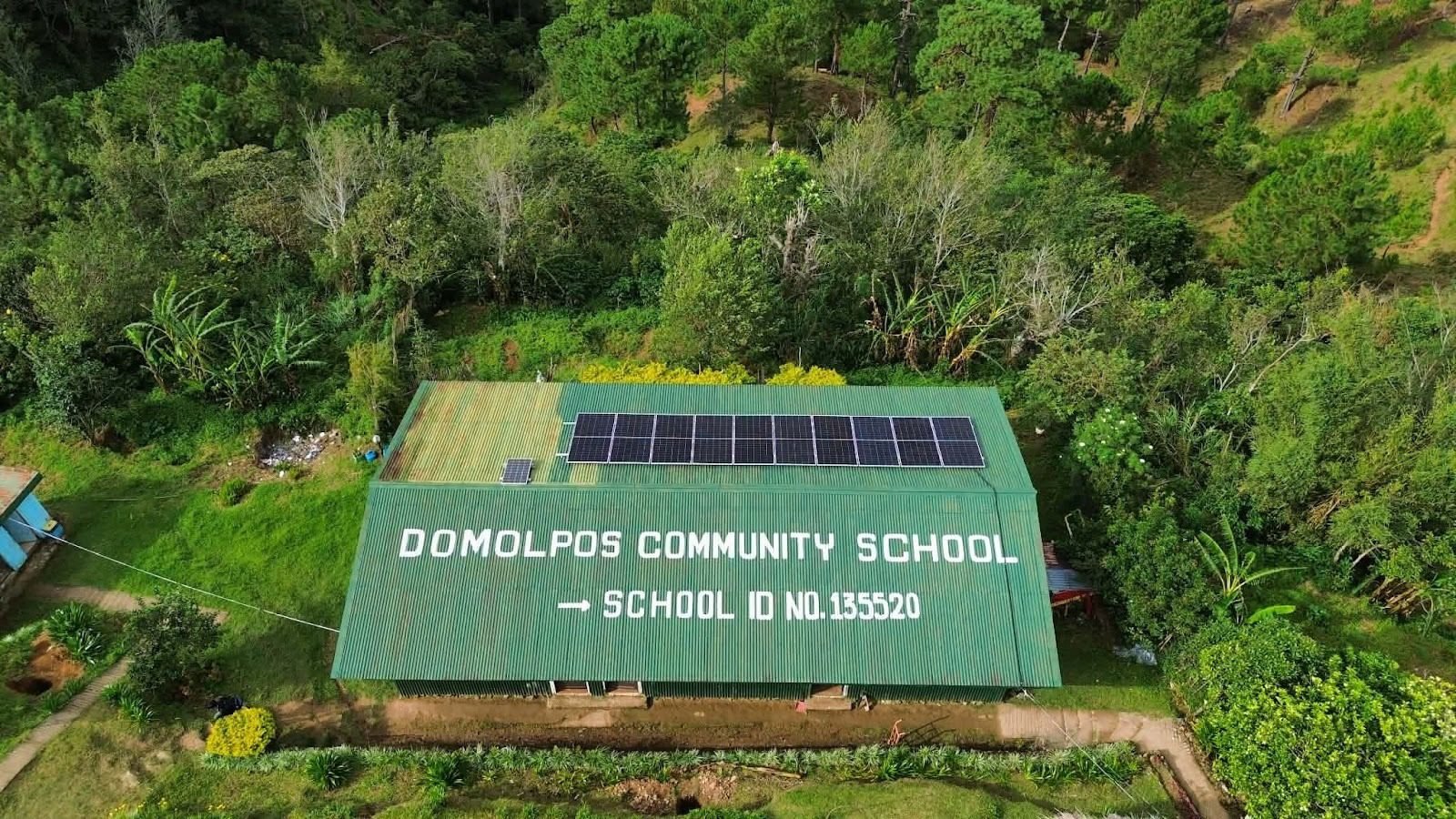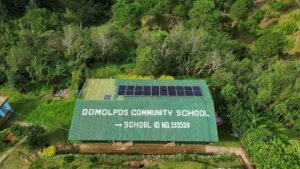𝗧𝗵𝗲 𝗪𝗮𝘁𝗰𝗵𝗲𝗿 𝗯𝘆 𝗝𝗼𝗷𝗼 𝗖. 𝗗𝘂𝗲
I recently joined my wife and our friends on a catechism session for children at the San Jose Parish in Barangay Del Pilar in the City of San Fernando.
At the pretty small chapel, my wife Erlin and our Kumare Darlyn Alonzo conducted the catechism session with around 20 children. They taught the children The Lord’s Prayer, or what some popularly refer to as The Our Father, in preparation for the kids’ confirmation and discussed the prayer in detail.
They also taught the children additional prayers in a fun way by singing and acting these out as they themselves were taught in school.
I could not believe that the children did not know The Lord’s Prayer that much when it is one of the first prayers that is supposed to be taught to pre-schoolers. I don’t remember when I memorized the prayer but I have always known it by heart. The perks of attending a Catholic school.
I was reminded of my Religion classes when I was in school and regret not paying that much attention to these. But I still learned some things, thanks to our teachers who taught us the subject at Chevalier School and at the Holy Family Academy.
I’m no righteous person but I do pray, go to church and still believe in the teachings of the Church. Aside from the lessons I learned from Religion class in school, I also learned more from reading and in discussions, aside from the priests during Holy Mass, from exposure being a photojournalist covering religious activities as well and from my wife, a Religious Education graduate of the University of the Assumption.
Has Religion disappeared in the Philippine Education System? I haven’t been seeing any book on the subject in my sons’ book lists. Or maybe, it has been left to technology to take care of that.
Whatever the case, we should start teaching the subject to our children. Not in an academic way but in simple discussions. Lest we be charged with reneging our own Catholic upbringing.
*****
While on the subject of teaching children, why not transform the buildings once used for Philippine Offshore Gaming Operators or POGO activities that have been shut down by government into school-buildings?
I’ve only seen these structures in pictures. But these do seem quite large.
If other POGO structures around the country that have, or are supposed to have been, shutdown following President Ferdinand R. Marcos Jr.s’ explicit orders in his State of the Nation Address (SONA) to ban POGOs, are anything like big ones purportedly in Porac, these could be put to good use by converting these into school-buildings.
Just a little tweaking could turn these into pretty decent classrooms. These are complete with furnishings such as chairs and desks, appliances such as air-conditioning, utilities such as water and electricity, and, definitely, internet, and computers.
These facilities could help address the lack of schools or classrooms in the immediate vicinity.
Or, these can be used for housing; again, in accordance with President Ferdinand R. Marcos’s effort to provide housing for millions of Filipinos.
Barring legal impediments, of course, as these might be the subjects of investigations by government authorities.
*****
I wonder what is happening to the state of agriculture in the Philippines.
At 126 year old, the Department of Agriculture (DA) is nearly as old as Philippine Independence having been founded on June 23, 1898 or 11 days after the country’s proclamation of independence. And yet, it seems the same problems still plague the country.
Irrigation, fertilizer, post-harvest facilities, farm-to-market roads, etc. are just among the problems that still afflict the Filipino farmer to this day.
I’m sure that, after 126 years, there have been strides in agriculture in the country. Just wondering why these problems persist as these are still being discussed in forums here and there and among farmers.
It’s a good thing the Clark National Food Hub, a game-changing brainchild and revolutionary idea of Clark International Airport Corporation (CIAC) President and CEO Arrey Perez, came into the picture.
The multi-billion -peso Clark National Food Hub will help farmers and fisherfolk process, transport and market their produce without going through middlemen as they will be dealing directly with concessionaries that are expected to be drawn to the project.
It will provide facilities such a cold storage, among others, to prevent wastage that will ensure farmers and fisherfolk earn from their hard work aside from assisting in the cargo operations of the nearby Clark International Airport.
This is just one of the Seven Flagship Projects that Perez has lined-up to put to good use the more than 1,800 hectares of prime government land within the Clark Civil Aviation Complex.
When Perez came in, CIAC became interesting. Let us hope he sees these projects through.














